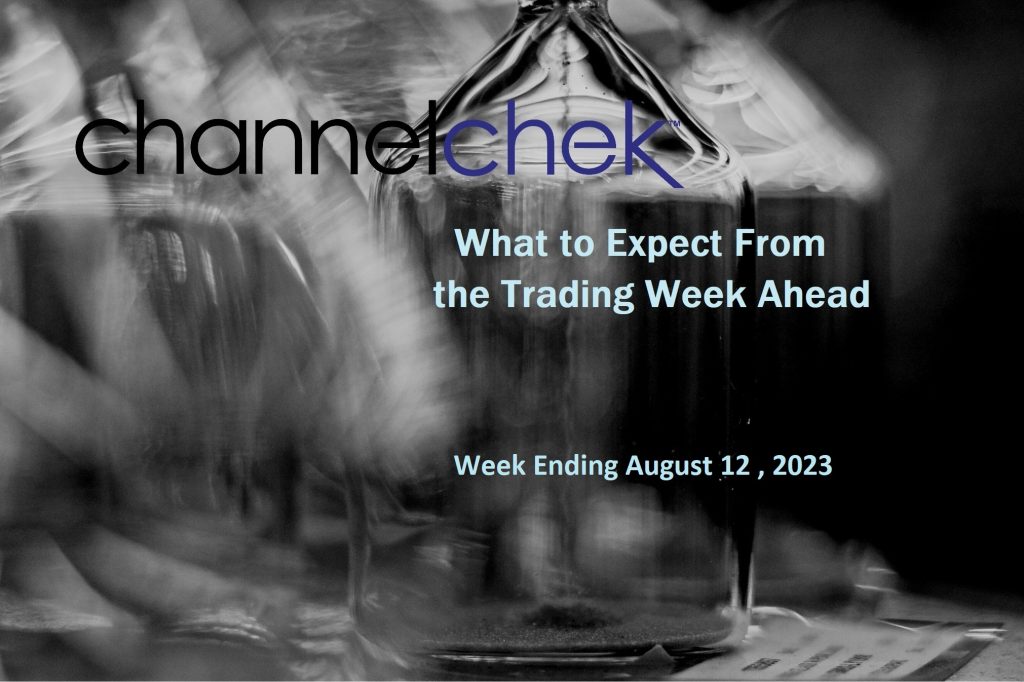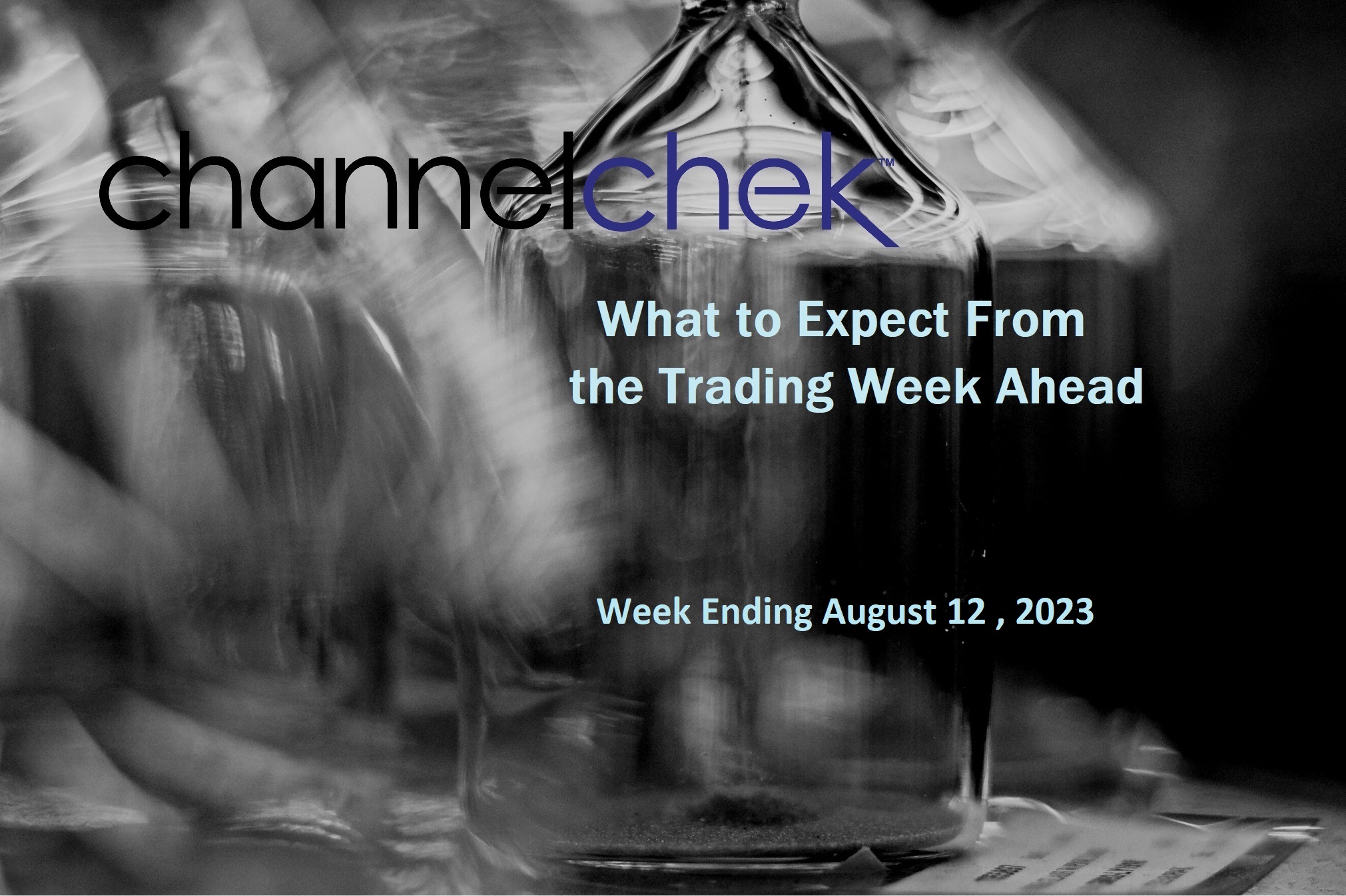
This Trading Week Markets Will See if CPI Confirms Decelerating Inflation
After last week’s employment figures came in lower than expectations, this week the potential catalyst for a shift in monetary policy is inflation measures. July Consumer Price Index (CPI) is scheduled for release on Thursday. The June report allowed for optimism that inflation was not only moving in a favorable direction but that a sustainable downward trajectory was emerging. However, the upcoming July figures might not live up to the market celebration that followed the previous CPI report. This is because rising energy costs are likely to contribute to an increase in the year-over-year all-items CPI rate. If the core CPI annual rate does not exhibit substantial progress in its declining trend, this could set the stage for another interest rate hike as early as the September 19-20 Federal Open Market Committee (FOMC) meeting.
Monday 8/7
• 3:00 AM ET, Consumer credit is expected to increase $14.1 billion in June versus a smaller-than-expected increase of $7.3 billion in May.
Tuesday 8/8
• 6:00 AM ET, The Small Business Optimism Index has been well below the historical average of 98 for 18 months in a row. July’s consensus is 91.5 versus 91.0 in June.
• 8:30 AM ET, An International Trade in Goods and Services deficit of $65.4 billion is expected in June for total goods and services trade. This would compare with a $69.0 billion deficit in May. Advance data on the goods side of June’s report showed a $4.0 billion narrowing in the deficit.
• 10:00 AM ET, Wholesale Inventories preliminary number (second estimate) is expected down 0.3 percent, unchanged from the first estimate.
Wednesday 8/9
• 10:30 AM ET, The Energy Information Administration (EIA) provides weekly information on petroleum inventories in the US, whether produced here or abroad. The inventory level impacts prices for petroleum products.
Thursday 8/10
• 8:30 AM ET, The Consumer Price Index (CPI) is expected to rise 0.2 percent, which would match June. Annual rates, which in June were 3.0 percent overall and 4.8 percent for the core, are expected at 3.3 and 4.8 percent, respectively. Core prices in July are expected to hold steady at a modest monthly increase of 0.2 percent which would match June’s showing.
• 8:30 AM ET, Jobless Claims for the August 5 week are expected to come in at 230,000 versus 227,000 in the prior week, which was 6,000 higher than expected.
• 4:30 AM ET, The Fed’s Balance Sheet is expected to have decreased by $36.580 to $8.207 trillion. Market participants and Fed watchers look to this weekly set of numbers to determine, among other things if the Fed is on track with its stated quantitative tightening (QT) plan.
Friday 8/11
• 8:30 AM ET, Producer Prices in July are expected to have risen 0.2 percent on the month versus a 0.1 percent increase in June. The annual rate in July is seen as rising 0.7 percent versus June’s gain. July’s ex-food and ex-energy rate is seen at 0.2 percent on the month and 2.3 percent on the year versus June’s 0.1 percent on the month and 2.4 percent yearly rate.
• 10:00 AM ET, Consumer Sentiment in August, which in July jumped more than 7 points to 71.6, is expected to edge back .3 to 71.3.
What Else
Crude Oil futures rose to around $83 per barrel, hovering at the highest levels in four months. The main reason is the Saudi Arabia and Russia’s announcement that they would extend voluntary supply cuts through next month to bolster oil prices. Saudi Arabia said on Thursday it would extend its 1 million barrels per day production cut for another month, while Russia said it will also reduce its oil exports by 300,000 bpd in September. Saudi Arabia also said its production cuts could be extended beyond September or deepened, catching markets off guard.
Most industries are impacted by energy prices, we whether it is all conasumer prices, or core, crude oil trading impacts consumer prices.
Managing Editor, Channelchek
Sources
